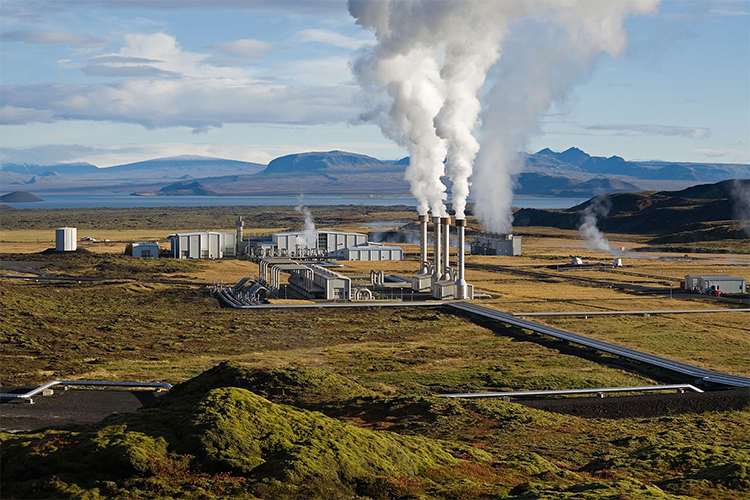- ZNES
- Team
- Professors
- Research associates
- Blohm, Marina
- Braunger, Isabell
- Büttner, Clara
- Corral-Montoya, Felipe
- Cußmann, Ilka
- Dettner, Franziska
- Epia, Carlos
- Esterl, Katharina
- Fleischer, Christian
- Freißmann, Jonas
- Fritz, Malte
- Furnaro-Lobos, Andrea
- Graser, Georg
- Hackenberg, Tabitha
- Hanto, Jonathan
- Hasan, Mominul
- Herpich, Philipp
- Hilpert, Simon
- Irmansyah Siregar, Yudha
- Koepchen, Marius
- Krumm, Alexandra
- Laros, Simon
- Müller, Ulf Philipp
- Quiceno Soto, Grace
- Sadat, Fahim
- Stognief, Nora
- Walk, Paula
- Weber, Samanta Alena
- Weishaupt, Tim
- Former colleagues
- Bohm, Sönke
- Boie, Wulf
- Born, Jens
- Boysen, Cynthia
- Bunke, Wolf-Dieter
- Günther, Stephan
- Jahn, Martin
- Kaldemeyer, Cord
- Köster, Hannah
- Md Nasimul Islam Maruf
- Movsessian, Maria
- Reincke, Kristian
- Sadat, Fahim
- Schirrmacher, Julia
- Stefan, Torsten
- Struve, Achim
- Söthe, Martin
- Wiechers, Eva
- Wingenbach, Clemens
- Wingenbach, Marion
- Witte, Francesco
- Research
- Publications
- Teaching
Energy System & Energy Supply
- Focus on system integration and modeling of energy scenarios
- Role of storage, grids and hydrogen
- Transport and heat transition
In the "Energy System & Energy Supply" research cluster, issues relating to the design of sustainable energy systems based on regenerative energy sources and high energy efficiency are examined. The aim here is to develop consistent target systems with 100% regenerative energy supply and to analyze and design transition paths from today's energy system to the target systems.
Questions about the interaction of the various regenerative energy sources with each other, the integration of different storage technologies as well as dispatchable network loads and the role of hydrogen are of central importance here, together with questions about the necessary further development of infrastructures and networks. The focus is on the development of general methods and tools for modeling energy scenarios, their validation and transparency, the possibility of coupling models and strengthening international perspectives and cooperation.

